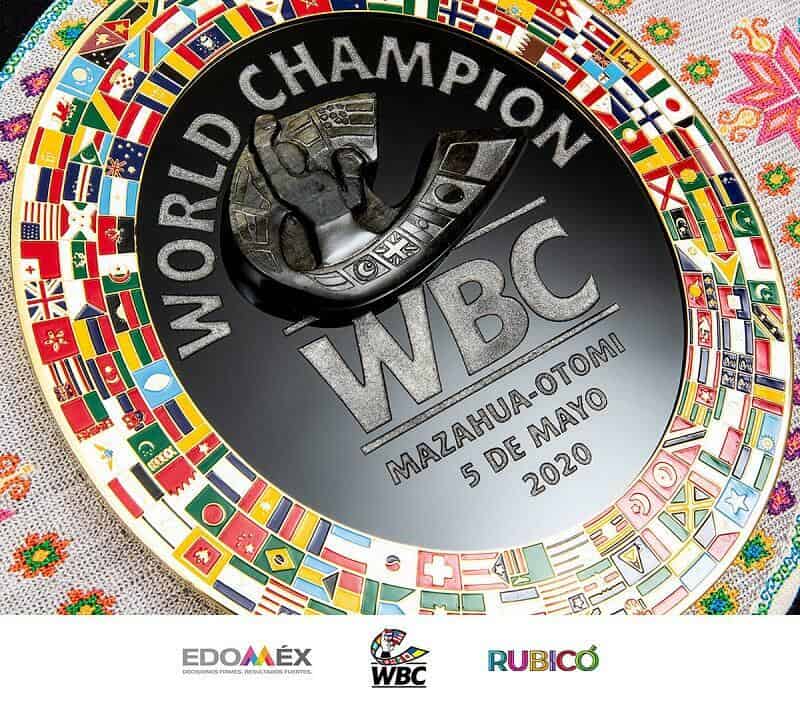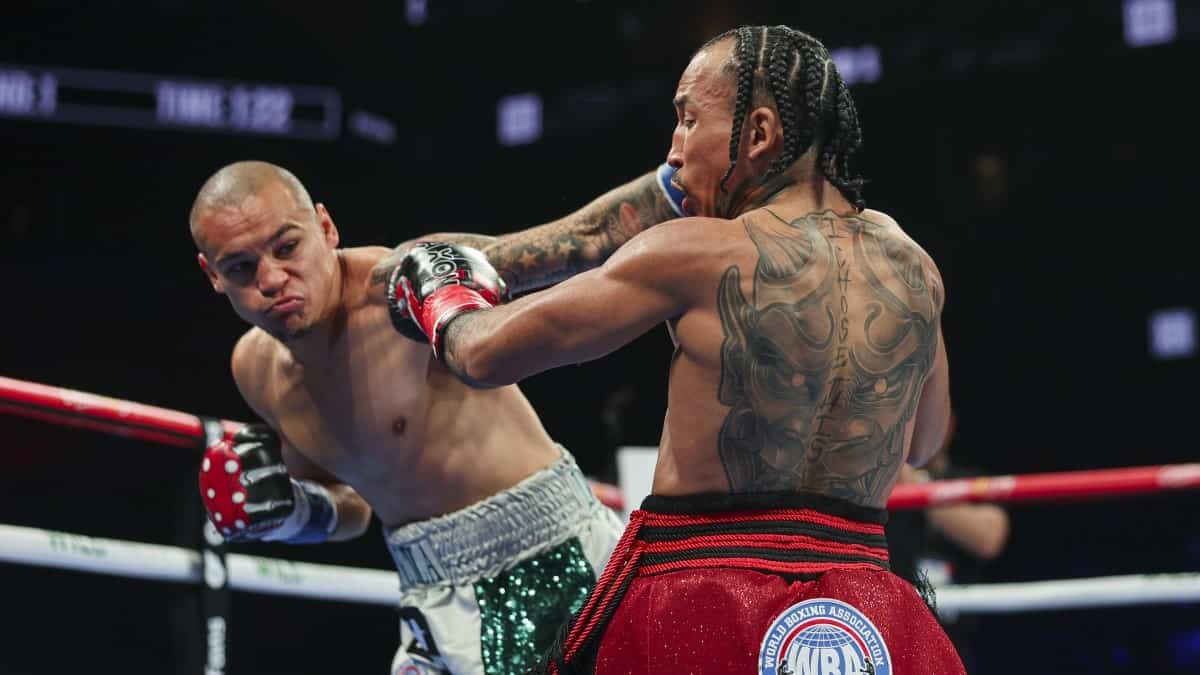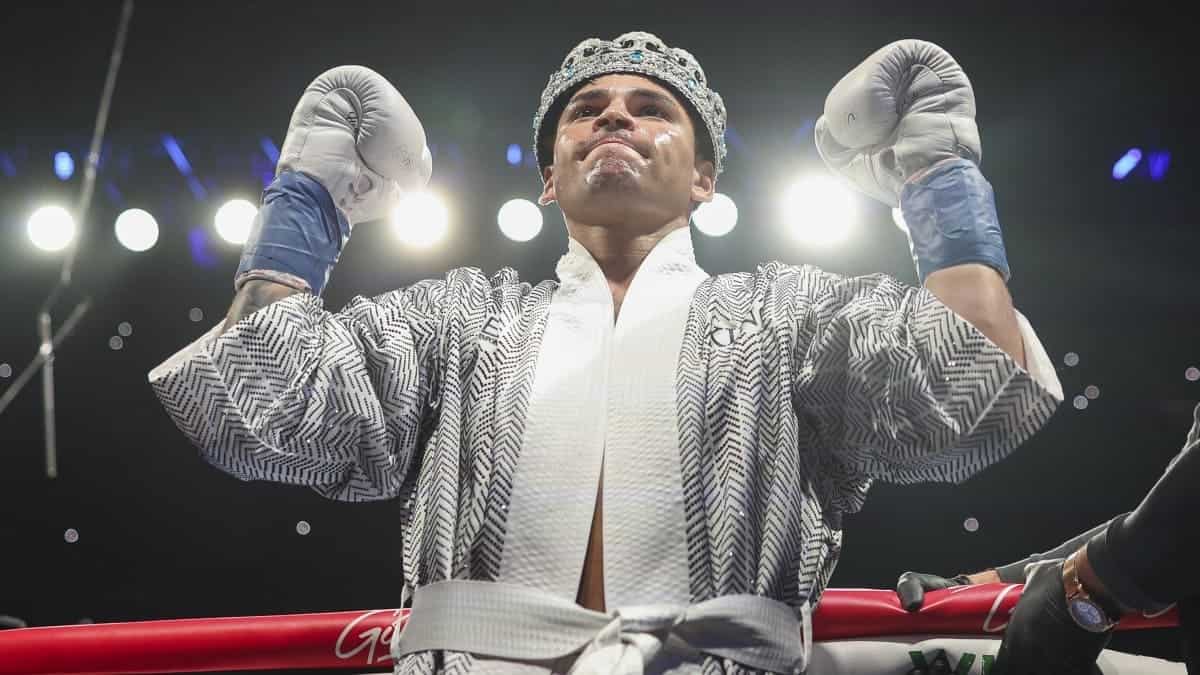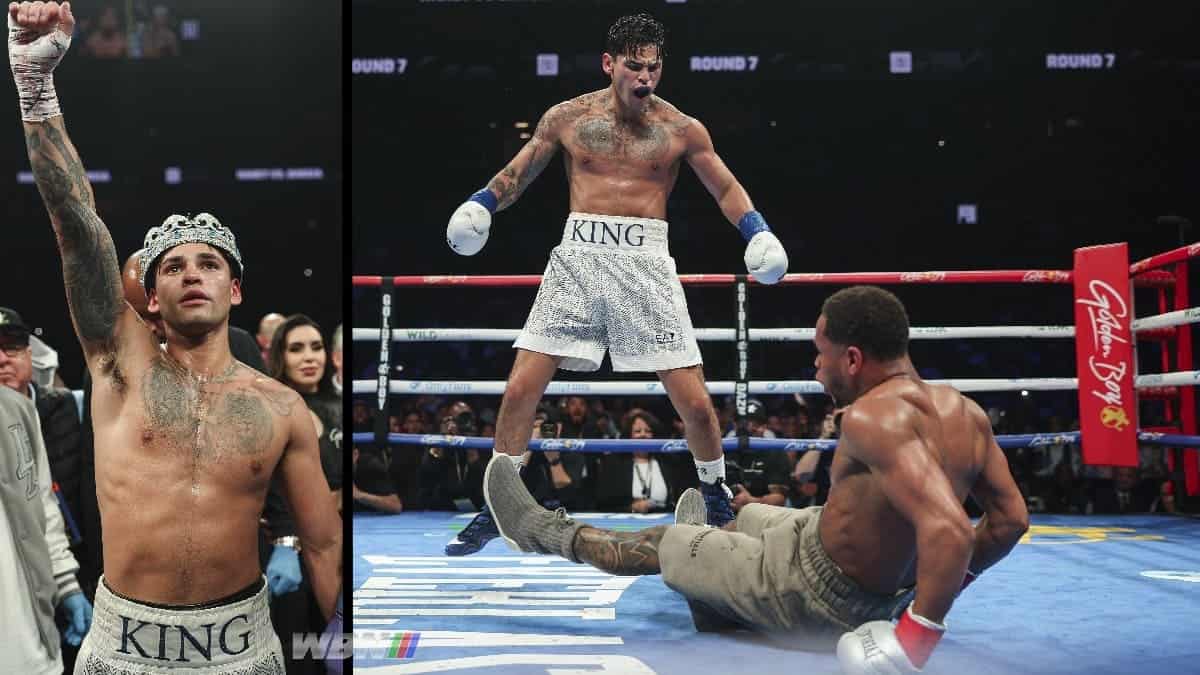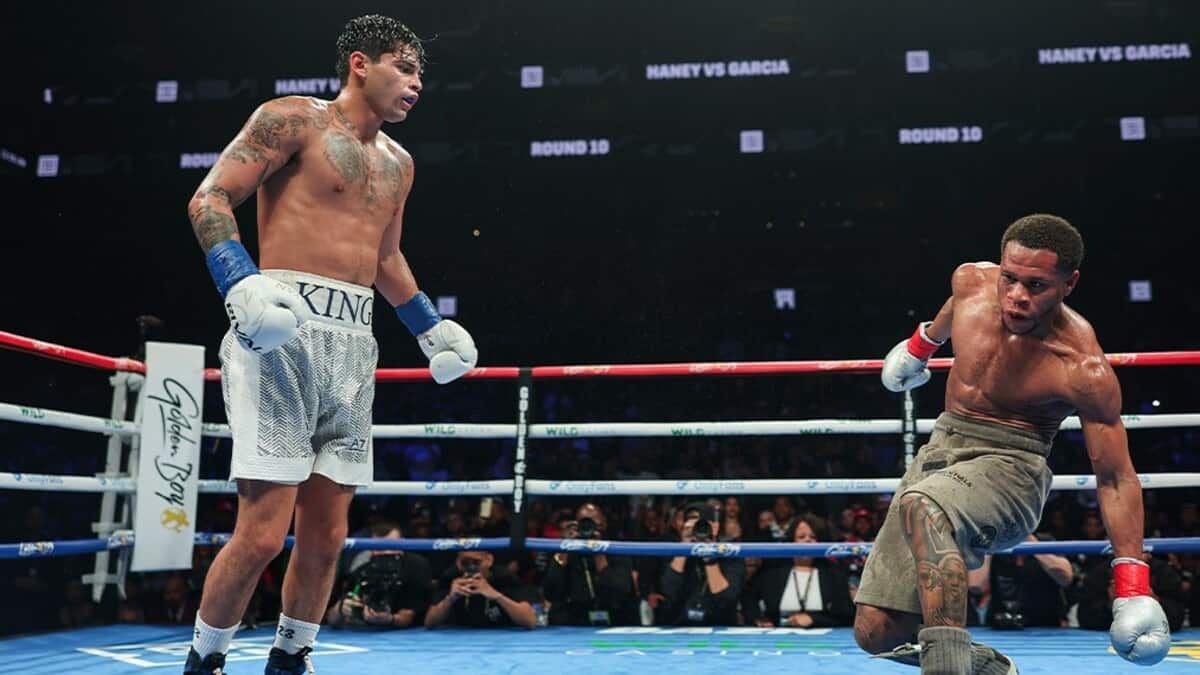Since the foundation of the WBC in Mexico, it’s sought in every possible way to innovate, improve and transform this beautiful sport.
The Green and Gold Belt is the great emblem of the WBC and the highest recognition to those who enter the ring.
The WBC has established a series of very special belts, in order to reward and recognize the fights that transcend boxing history.
The “Adolfo López Mateos” belt was created as a special trophy, which Mexico and boxing awards to the fighters who face each other on the two most symbolic dates for Mexico, May 5 (Battle of Puebla) and September 16 (Independence Day).
The WBC has worked closely with indigenous communities, highlighting various cultures through its brilliant artisans, who have crafted the WBC belt into magnificent treasures of art, each representing the best of their culture. Up to now we have had the Huichol Belt, Chiapaneco and Maya.
Today, we unveil the “Mazahua -May 5, 2020” belt, a masterpiece created by the greatest artisans of the Mazahua culture, from the State of Mexico.
The Belt is the result of the synergy between design and Mexican embroidery. The creative hands of Angélica and Lilia Reyes Martínez, artisans, originally
from the community of San Felipe Santiago, in Villa de Allende, both embroidered the piece, working for a month, involving more than 250 hours.
Mexicans artisans, for centuries have worked the materials, symbols and images that give this land It’s Unique identity; bringing together elements of
popular art and ancient philosophy, which is represented in the symbols and iconography of indigenous peoples.
The colors purple, violet, pink, blue, green, yellow, orange, carmine and red, show the harmony based on the love and care of the family. The diversity,
the fertility of the valleys; inspiration to protect the rights and freedoms of women. The future, the desire and drive of our young people. The field,
productivity; joy and motivation to serve others, equality, tolerance, and equal opportunities; care and health, as well as the unity in our decisions
to obtain excellent results.
The center of the belt is formed by a plate of Teotihucan obsidian as a smoking mirror that carries among its attributes Tezcaltlipoca, emblem of its
warrior dedication, strength for battle and symbol of night power. This mirror is adorned by the symbols of the stars such as: The Sun, the stars,
the moon and the constellations.
Beside the obsidian circle, two stylized representations of stars symbolizing light, guidance, and destiny. Due to their bright colors, they represent happy and festive life. While the symmetry alludes to the balance of indigenous life. On each side, on the body of the belt, a serpent border, symbol of Quetzalcoatl. Then the figure of the deer, an animal that among other things is considered the founder of peoples and lineages in many cultures. Finally, the birds, a symbol of freedom.
Thanks to the incorporation of elements from nature, carried by the imagination and the capacity for interpretation, to stylized designs of vegetables, flowers, animals, birds, reptiles, human and mythological figures, recreating universal conceptions of beauty, freedom, strength, harmony, life, death, birth and many other concepts linked to the ancient roots cosmogony, such as that of the indigenous peoples of Mexico. This Belt is a symbol of the ornate, spectacular greatness and cultural diversity of the State of Mexico and Mexico.
We want to deeply thank the team of the Rubicó Art Gallery, Industria Reyes and the Government of the State of Mexico, because without their invaluable support, the dream of the Mazahua belt would and could not have been possible.
This belt would have been presented today to the winner between the Mexican Saul “Canelo” Alvarez and the British fighter Billy Joe Saunders.
During the next days we will inform how and to whom this beautiful work of art will be presented, which reminds us of our roots and the depth of our culture.

